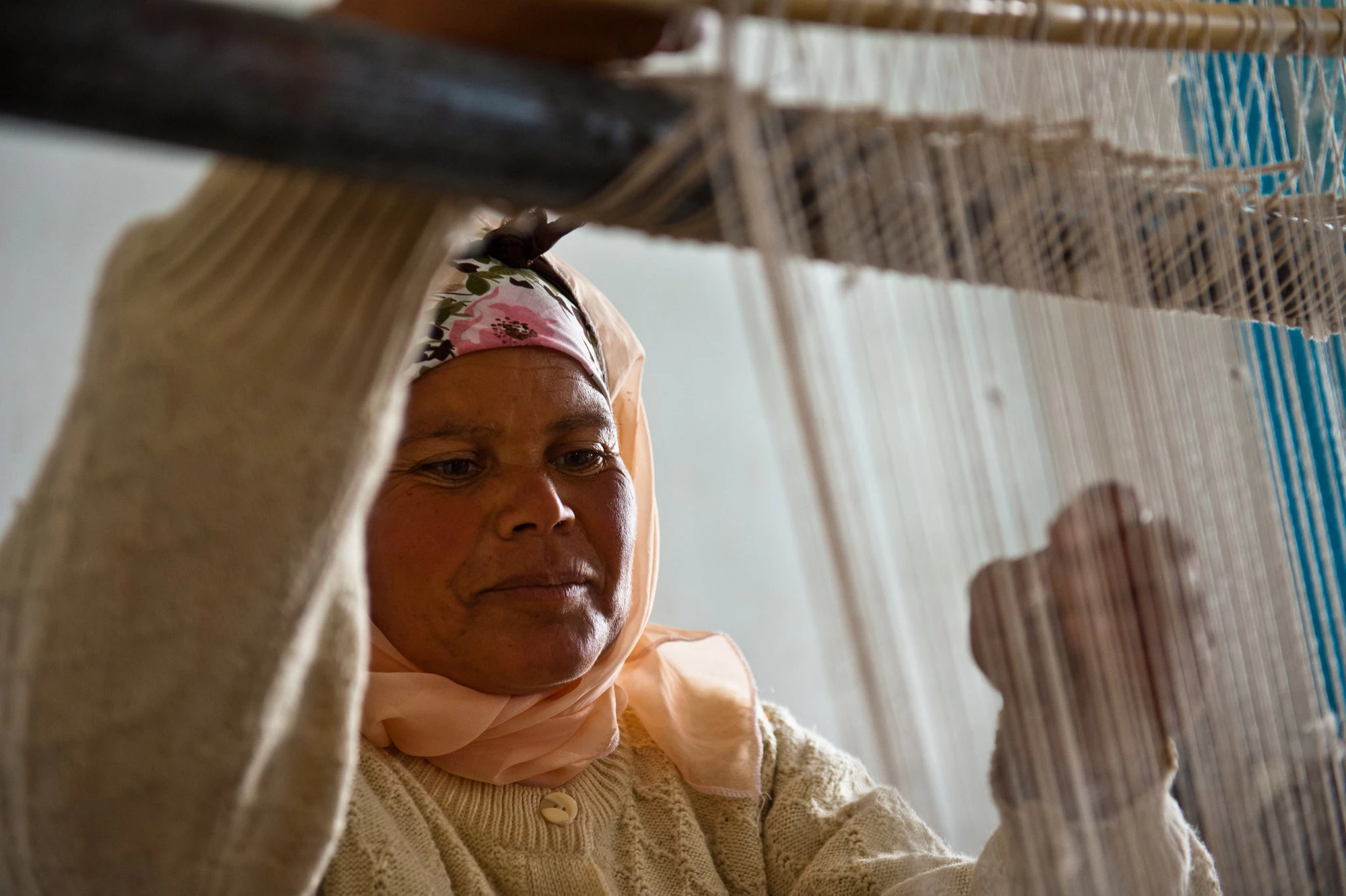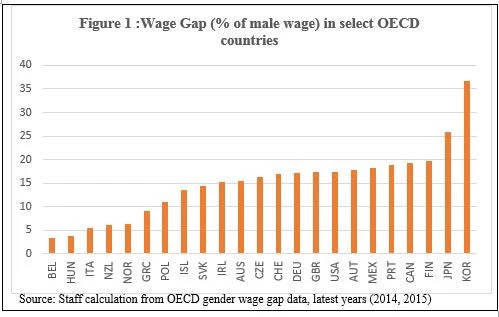
This year’s International Women’s Day “Women in the Changing World of Work: Planet 50-50 by 2030” places great emphasis on equality and economic empowerment. When countries give women greater opportunities to participate in the economy, the benefits extend far beyond individual girls and women but also to societies and economies as a whole. Addressing gender gaps in accessing good quality jobs is not just the right thing to do from a human rights perspective; it is also smart economics. A recent study shows that raising labor participation of women at par with men can increase GDP in the United States by 5 percent, in the UAE by 12 percent and in Egypt by 34 percent.
And while addressing gender gaps in labor force participation rates remains a key concern in several countries, it is even more critical to focus on the quality of the jobs to which women have access, if these jobs are to be transformative for women’s empowerment. Having good quality jobs that are stable, decent, secure and productive is especially important from a gender perspective because women are more likely than men to be over-represented in low paying, part-time, informal and low productivity jobs. They tend to run enterprises in less productive sectors and are more likely to do part-time and temporary jobs with fewer avenues for advancement, than men. Women are particularly concentrated in the more “invisible” activities, such as domestic labor and unpaid work or work in the informal sector in jobs that lack security and are not covered by labor laws.
There is a significant gender gap in earnings and wages, even after controlling for industry and occupation. Women on an average earn between 10 percent and 30 percent less than working men but there are large variations between countries. The recent UNHLP Report on Women’s Economic Empowerment concludes that the unexplained gender pay gap reveals gender discrimination. If men and women were equally remunerated according to observable labor market characteristics, the gender wage gap would nearly disappear or even reverse in many countries.
One of the key factors contributing to the pay gap in wage work is occupational segregation. Women and men earn different wages primarily because of different types of work that they do. In almost all countries, women are more likely than men to engage in low-productivity activities. They are also more likely to be in wage or unpaid family employment or work in the informal wage sector. In formal employment, they concentrate in “female” occupations and sectors. These patterns of gender segregation in economic activity change with economic development but do not disappear.
There are multiple deprivations and constraints that underlie gender inequality in the world of work. As the burden of child care and elderly care almost always falls disproportionately on women, it further segregates women into low-paying, part time jobs. Part-time jobs may promote women’s labor force participation, but not necessarily their access to better quality and higher paying jobs.
And while progress has been made in education enrollment, the quality of education that men and women receive still differs. Women are typically underrepresented in Science, Technology, Engineering, and Mathematics (STEM) that usually provide pathways to better-paying job s; even though there is little evidence that women underperform in STEM subjects. This reinforces women’s segregation into jobs that offer limited earning potential.
In addition, sexual harassment both at work and also while traveling to work is a major barrier to women’s access to job opportunities. Poor working conditions not only reduce the quality of jobs but also push prospective female workers away from the labor markets and curb companies’ ability to retain skilled and experienced workers.
Limited access to assets and property rights limits women’s ability to start or grow a business. Moreover, they face several legal, regulatory and societal constraints that undermine their agency and voice.
So what are some potential solutions? A call for gender-smart job strategies.
- Use innovative partnerships and solutions to address child care: Expanding access to affordable childcare is key- a variety of delivery and financing models for childcare services are being used. Some innovative solutions like vouchers, cooperatives, preschool options and public-private partnerships that are being implemented, some in partnership with private sector companies, need to be scaled up. Research from Brazil, Canada, Kenya, and Romania suggests mothers are more likely to use formal childcare arrangements and enter the labor force, when free or low-cost childcare options are available.
- Open pathways to good jobs: Countries should encourage more girls to take up STEM (Science, Technology, Engineering, and Mathematics) subjects, especially by taking a gendered approach to areas of new labor demand like ICT, green jobs. In particular, adolescent girls should be supported through a comprehensive approach. ICTs can be a game changer for women, compensating for restricted mobility by allowing for virtual access to information, financial resources, and social networks. In Kosovo, a pilot program called ‘Women in Online Work’ (WoW) aimed to increase the ability of young underemployed women to work online. The pilot trained about 100 women in skills that are in demand by the ever-growing online freelancing market. By the end of the program, 56 trainees obtained at least one online contract, with cumulative earnings reaching close to US$13,000.
-
Foster women’s career progress and address gender parity in leadership positions. Women in senior positions can act as positive role models and instill more confidence among younger women. Exposure to female role models whose positions of leadership or power contradict stereotypes of women’s role can reduce the intergenerational transmission of gender norms. A study of political reservation for women in India showed that teenage girls who have repeated exposure to women leaders are more likely to express aspirations that challenge traditional norms, such as a desire to marry later, have fewer children, and obtain jobs requiring higher education
-
Level the playing field in women’s access to good jobs by systematically addressing legal and regulatory inequalities, and address inequalities such as ownership of assets, to enable women to start a business. In Nigeria, the International Finance Corporation -- the private sector arm of the World Bank Group -- has partnered with Access Bank to extend credit to women-owned distributors to bring more women into Coca-Coca’s value chain, improving business growth.
-
Strengthen women’s collective voice, partner with the private sector and work to address data and knowledge gaps. Progress in providing quality jobs for women will require the active participation of the private sector as well as the commitment of governments. However, the formulation of effective measures will require good quality data that is not currently available in many developing countries. A more concerted effort needs to be made to ensure that women themselves are actively engaged in designing gender –sensitive programs. In addition, governments and companies need to be proactive in addressing gender-based violence at home, at work and also while traveling to work.
Reducing constraints and ensuring equitable access to quality jobs for women will require focused and targeted action. It will require a long-term commitment from both public and private sectors – resulting in greater pay-offs for growth, development, and shared prosperity for all.
Follow the World Bank Jobs Group on Twitter @wbg_jobs.
Related:



Join the Conversation